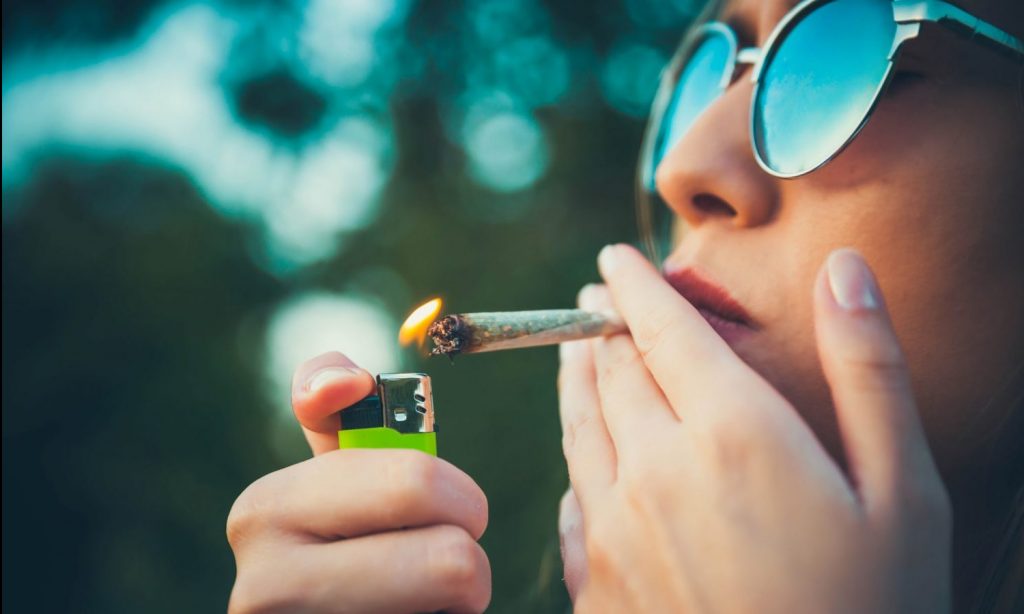
Cravings for cannabis: study looks into the reason why it happens
We now have a better understanding of why cannabis users crave the herb – and it has a lot to do with the connectivity of the brain.
A May 2020 study published in the Journal of Human Brain Mapping revealed secrets of the underlying brain networks in long-term cannabis users and why certain users experienced cravings.
Dr. Francesca Filbey, PhD, Professor and Director of Cognitive Neuroscience, explained why the study was so important: “Now that we have discovered that there are differences in large-scale brain network patterns among long-term cannabis users, we can use these as biomarkers for cannabis use disorders to aid treatment strategies. Future studies are needed to determine how these brain network patterns can change over the course of treatment and recovery. ”
Photo by KATERYNA KON / SCIENCE PHOTO LIBRARY / Getty Images
According to the Center for Brain Health at the University of Texas, the team’s research shows that better treatment strategies are needed for those suffering from addictions or cravings that are difficult to control.
RELATED: Alcohol Vs. Weeds: How The Two Affect Young Adult Brains
The study cites: “The results help to understand that regions of the brain do not work in isolation, but rather through the connectivity of multiple brain networks that signal each other based on need and condition.” The study stated that the cravings for marijuana do not is static, but rather exists in patterns, and examined the central executive network of the brain and its fluctuations.

RELATED: Study: Women have more intense marijuana cravings than men
Interestingly, marijuana is used to treat other addiction problems such as opioids or alcohol. Some researchers believe that marijuana may even be the key to eradicating addiction in some patients. With only 9% of people Marijuana abuse in certain studies outweighs the risks, especially since no one died from marijuana. Recent studies 30% of marijuana users cited develop some degree of a disorder, which can take the form of an addiction.
Could the new study shed a brighter light on how the body craves and reacts to marijuana? Scientists believe it. They also believe that studies like the one at the University of Texas may better shed light on changes in body chemistry during and after marijuana use and the patterns that occur during cravings or addiction.

Post a comment: